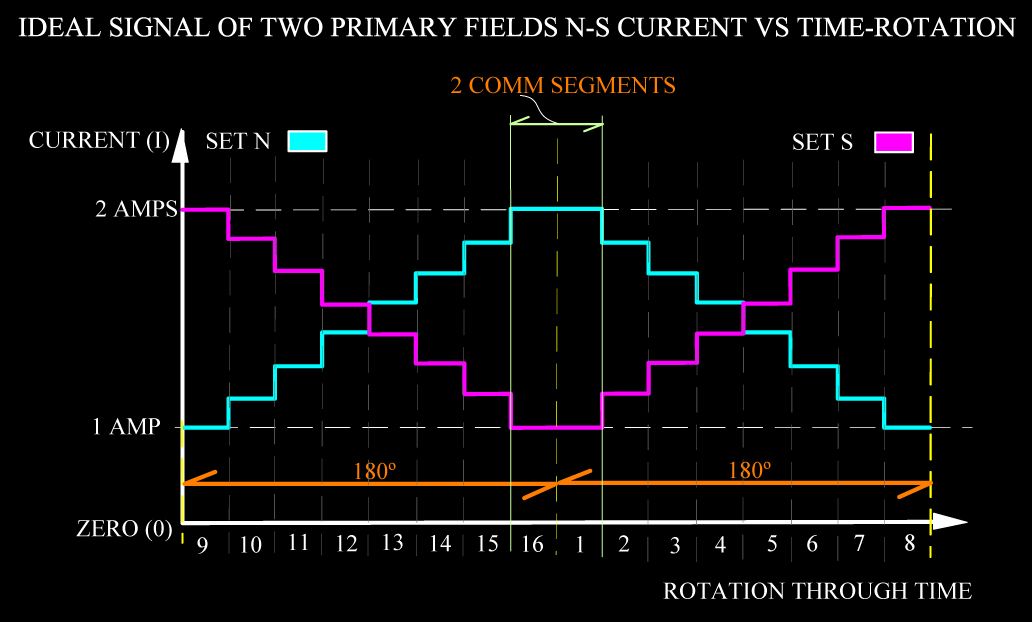Hi UFO,
I have no idea either. Under a bit of pressure at the moment with a building project i am engaged on. 180 degrees would concur with my assessment too. In hindsight, I might have confused a design I was looking at to multiply the outputs with dual inputs. This would have required 90 degree brushes, but, dual coils with 180 degree outputs. Too complicated!
I should be winding a small test rig this weekend
Thank you for your encouragement
Regards
Dwane
I have no idea either. Under a bit of pressure at the moment with a building project i am engaged on. 180 degrees would concur with my assessment too. In hindsight, I might have confused a design I was looking at to multiply the outputs with dual inputs. This would have required 90 degree brushes, but, dual coils with 180 degree outputs. Too complicated!
I should be winding a small test rig this weekend

Thank you for your encouragement
Regards
Dwane


Comment